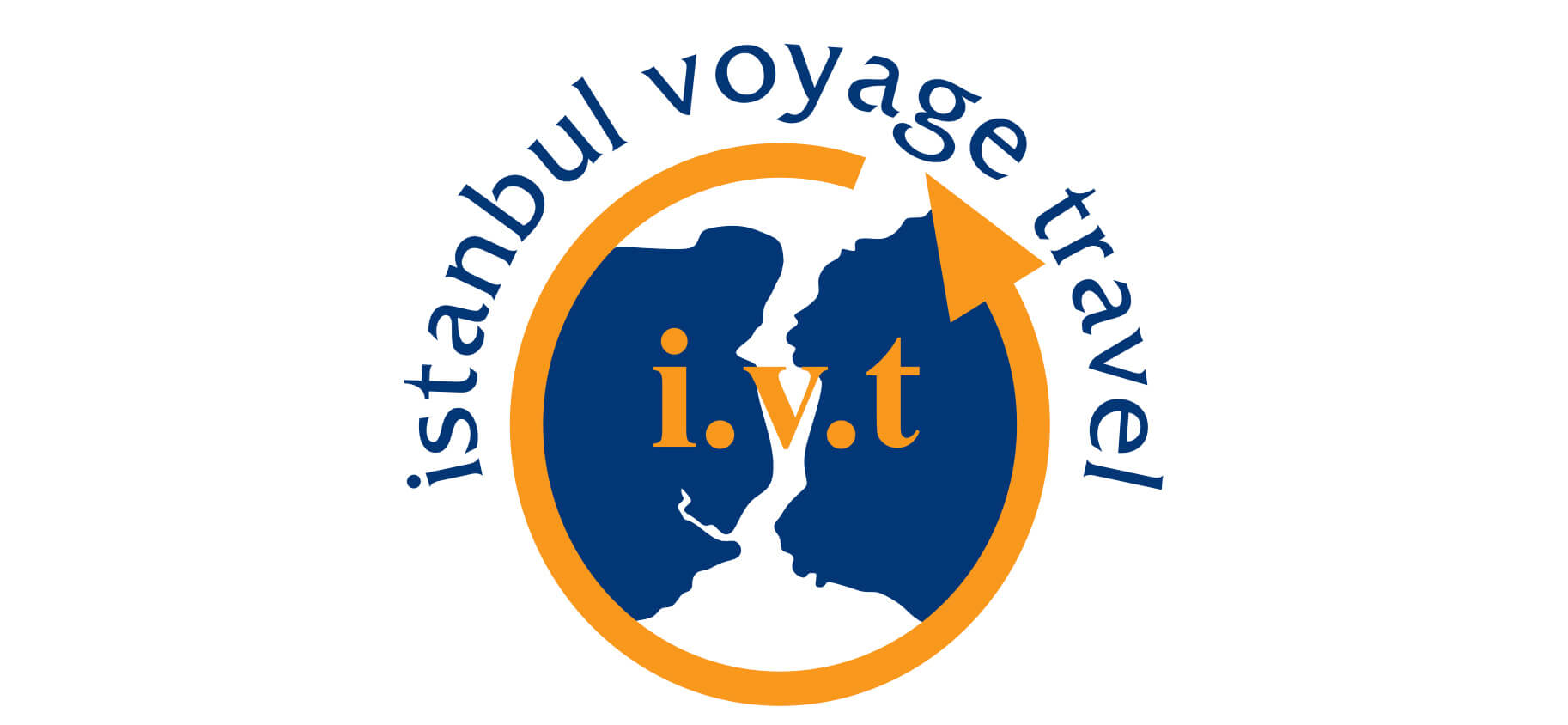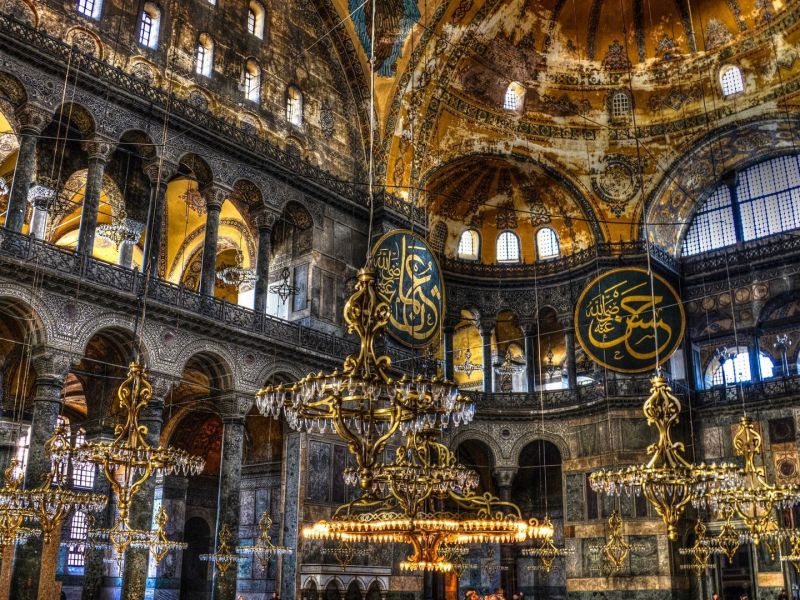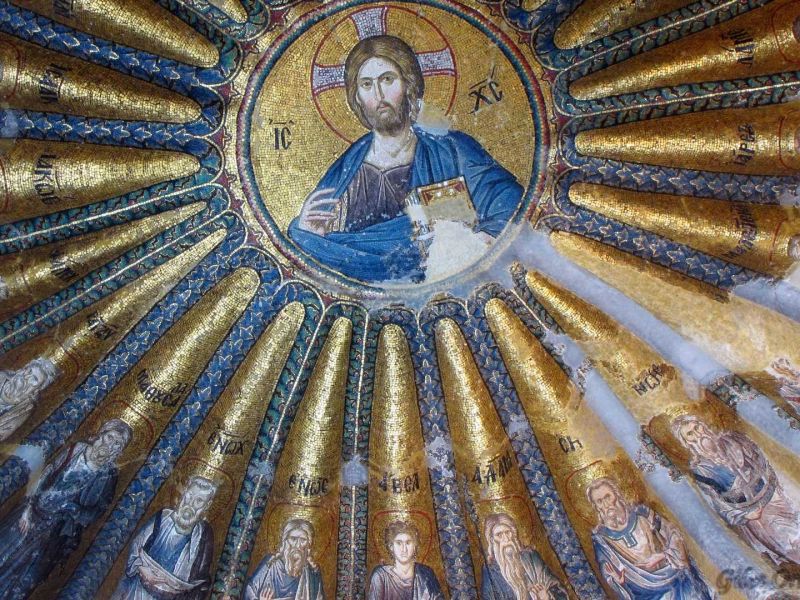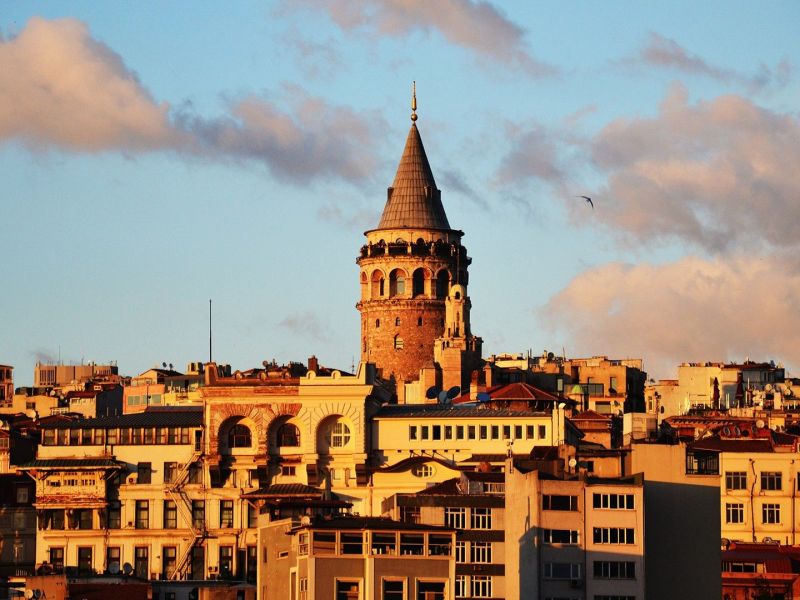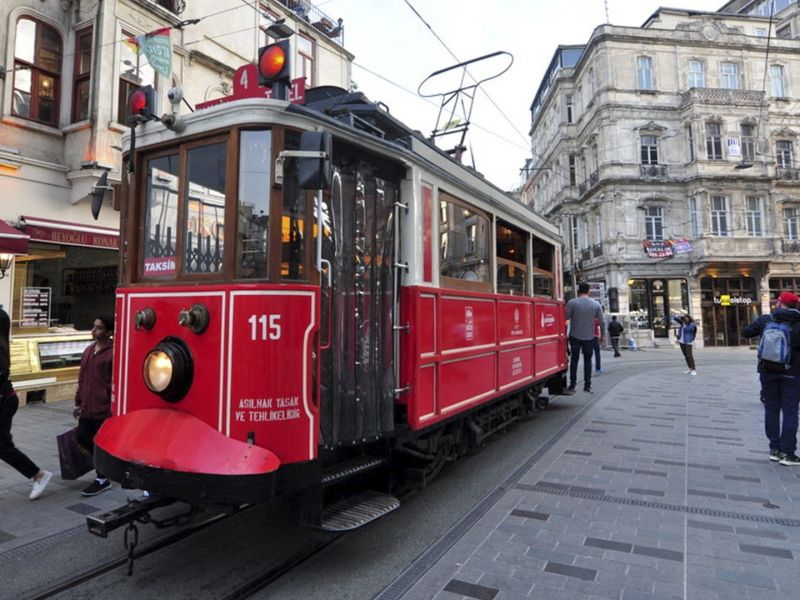Christian Heritage
Start From 70.00€
| DEPARTURE/RETURN LOCATION | From Hotel / to Hotel | ||||
| DEPARTURE TIME | 09:15 | ||||
| INCLUDED |
|
||||
| NOT INCLUDED |
|
||||
| Pick Up Info |
> Hagia Sophia (Aya Sofya)
> The Bulgarian Orthodox Church
> The Ecumenical Patriarchate of Constantinople
> St. Anthony of Padua Church
> Taksim Square
> Galata Tower
> The Galata Bridge
CHRISTIAN HERITAGE
Around 9:15 am we will pick you up at the hotel and your guide will take you around Istanbul. You will visit the following iconic sites of the Byzantine Empire:
Hagia Sophia (Aya Sofya) is a truly awe-inspiring, 1,400 years old Byzantine cathedral that houses mosaics, relics, and ironwork. Hagia Sophia was, for nearly a thousand years, the largest enclosed space in the world, and is still seen as one of the world's most important architectural monuments. It is one of Turkey's most popular attractions, drawn by the sheer spectacle of its size, architecture, mosaics, and art. It was built during the reign of Byzantine Emperor Justinian in the 6th century AD.
We get into our private car and drive to Chora Museum known for its superb series of mosaics and frescoes which have been magnificently restored.
Then we continue our trip to the Golden Horn and visit The Ecumenical Patriarchate of Constantinople and the Bulgarian Church.
The Bulgarian Orthodox Church is the oldest Slavic Orthodox Church with some 6.5 million members in the Republic of Bulgaria and between 1.5 and 2.0 million members in a number of European countries, the Americas, and Australia. The recognition of the independent status of the Bulgarian Church by the Patriarchate of Constantinople in 927 AD added the Bulgarian Church to one of the earliest churches worldwide.
The Bulgarian Orthodox Church has its origin in the flourishing Christian communities and churches, set up in the Balkans as early as the first centuries of the Christian era. Christianity was brought to the Bulgarian lands and the rest of the Balkans by the apostle's Paul and Andrew in the 1st century AD when the first organized Christian communities were formed. By the beginning of the 4th century, Christianity had become the dominant religion in the region.
The Ecumenical Patriarchate of Constantinople, part of the wider Orthodox Church, is one of the fourteen autocephalous churches within the communion of Orthodox Christianity. It is headed by the Ecumenical Patriarch of Constantinople, currently Bartholomew I. Because of its historical location at the capital of the former Eastern Roman (Byzantine) Empire and its role as the Mother Church of most modern Orthodox churches, the Ecumenical Patriarchate has enjoyed the status of "Primus inter pares (first among equals)" among the world's Eastern Orthodox prelates. Unlike the Pope, he does not exercise control over the individual autocephalous churches, which are fully autonomous. He is, however, widely regarded as the representative and spiritual leader of the world's 300 million Orthodox Christians.
We have lunch on Istiklal Street at a traditional restaurant, then we walk to Taksim Square.
In the Taksim area, we will walk approx. 2 km down Istiklal Avenue, along with local shops, shopping centers, banks, restaurants, bars. We can stop and spend time anywhere you like.
St. Anthony of Padua Church, alternatively known as the Sant' Antonio di Padova Church, S. Antonio di Padova, St. Antoine, or locally as Saint Antuan, is a basilica and the largest church of the Roman Catholic Church in Istanbul, Turkey. It is located on İstiklal Avenue in the Beyoğlu district
The original St. Anthony of Padua Church was built in 1725 by the local Italian community of Istanbul but was later demolished and replaced with the current building which was constructed in the same location. The current St. Anthony of Padua, along with its adjacent buildings on İstiklal Avenue, was built between 1906 and 1912 in the Venetian Neo-Gothic style and was likewise edified by the local Italian community of the city, mostly of Genoese and Venetian descent, who amounted to 40,000 people at the turn of the 20th century.
Taksim Square is situated in the European part of Istanbul and, is a major shopping, tourist, and leisure district famed for its restaurants, shops, and hotels. It is regarded as the heart of modern Istanbul, with the central station of the Istanbul Metro network being located here. Taksim Square is also the location of the Cumhuriyet Anıtı (Monument of the Republic) which was crafted by the famous Italian sculptor Pietro Canonica and inaugurated in 1928. The monument commemorates the formation of the Republic of Turkey in 1923, following the Turkish War of Independence.
Galata Tower has dominated Beyoğlu's skyline since 1348 and still offers the best panoramic views of the city.
Originally named the Tower of Christ, it was the highpoint in the city walls of the Genoese colony called Galata. Most of the walls are long gone, but the great tower remains.
Until the 1960s it was a fire lookout tower. Now the upper floors hold a restaurant and a panorama balcony.
The panorama balcony, encircling the highest row of windows, is narrow, open to the weather, and not recommended for anyone suffering from acrophobia (fear of heights)
After visiting Galata Tower we walk to Galata Bridge.
The Galata Bridge was the symbolic link between traditional "Istanbul proper" (imperial palace, the principal religious-secular institutions of the empire) - and the districts of Galata and Beyoglu, where a large proportion of its inhabitants were non-Muslims (and where foreign merchants and diplomats lived and worked).
In this respect, the bridge bonded these two distinctive cultures. As Peyami Safa wrote in his novel, Fatih-Harbiye, an Istanbullu who went from Fatih to Harbiye (district close to Taksim Square), via Galata Bridge, set foot in a different civilization and a different culture. Apart from its place in fiction, the romantic appearance of the Galata Bridge has also made it the subject of countless paintings and engravings.
Then we can hop on the tram to get back to the hotel or you can choose to take the private car.
